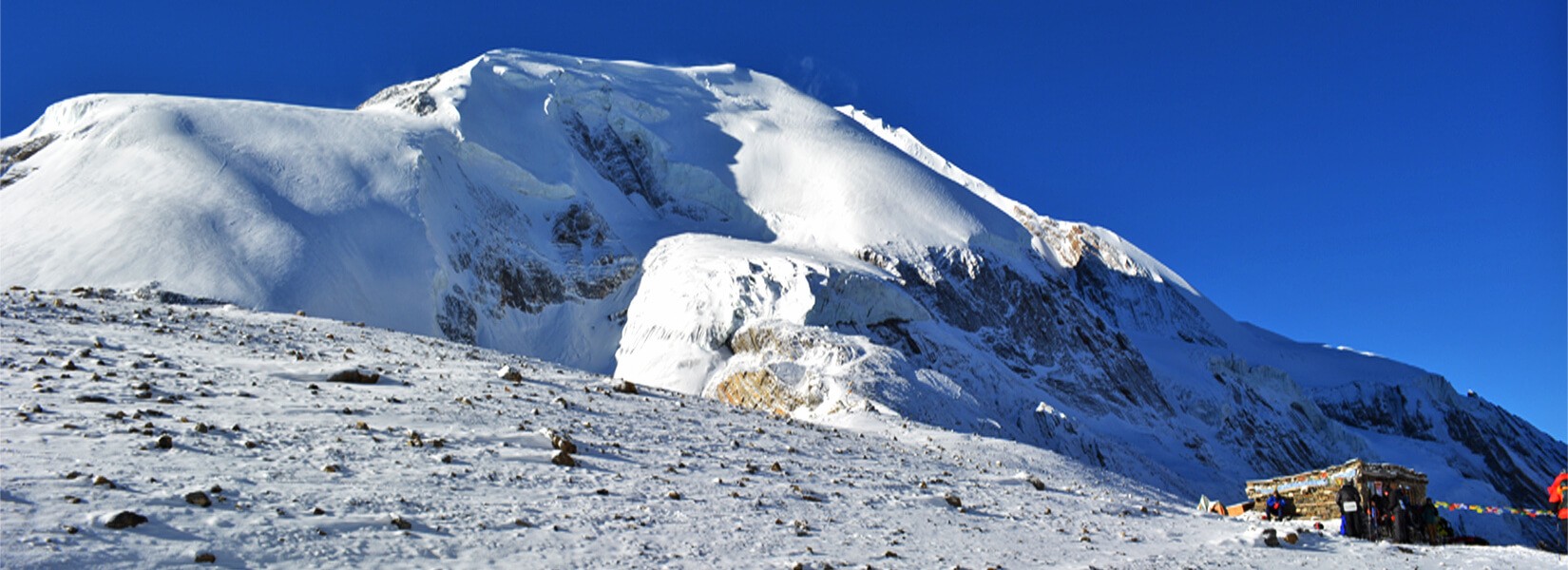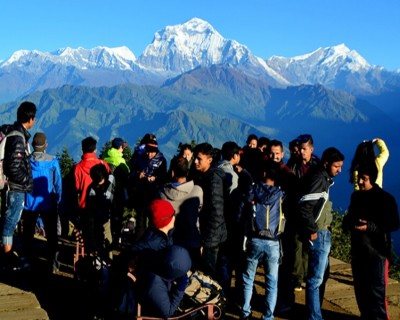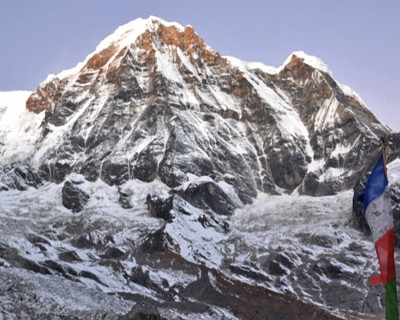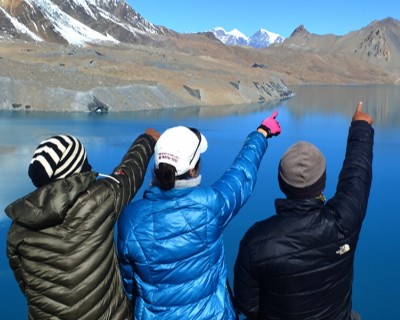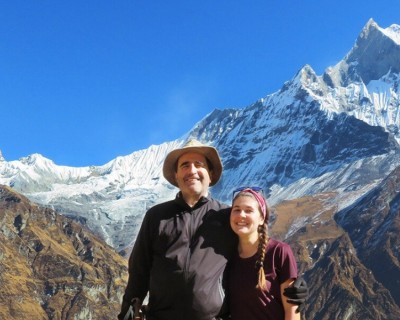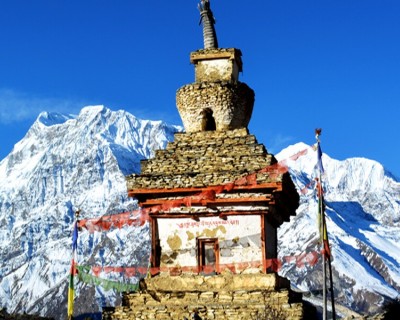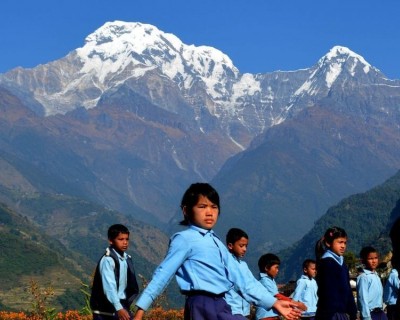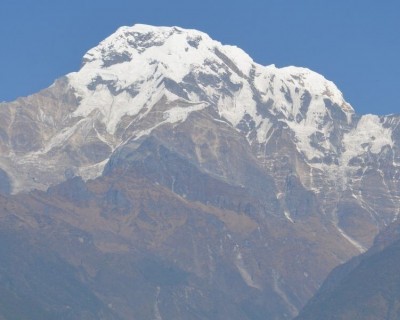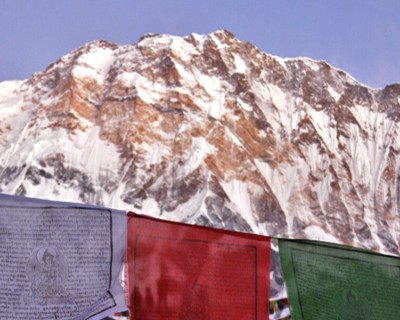The Annapurna trekking region features spectacular Himalayan beauty and a rich tapestry of Nepali culture, including many villages and monasteries influenced by Tibetan Buddhism. The region rivals the popularity of the Everest area, yet is more accessible and a bit easier for trekking. The top trek of the region is the Annapurna Circuit, which is considered one of the best hikes in the world. You walk through rhododendron forests as well as open-vista trails surrounded by towering peaks before crossing the Thorong La Pass at 5,416 meters (17,769 feet). The trail then descends to the spiritual center of Muktinath and the arid landscape beyond the Annapurna Himalayan chain.
Annapurna Trekking from the top of the Thorong La, you can see the magnificent panorama of Mt. Dhaulagiri (8,172m), Manaslu (8,163m), Annapurna I (8,091m) and its five sister peaks, as well as Fishtail (6,993m), Lamjung (6,983m), Hiunchuli (6,441m), and the Nilgiri range. The Annapurna trekking goes through the spiritual town of Manang, nestled high in the mountains, with its monasteries, mani walls, chhortens and prayer flags.
Annapurna Base Camp is another popular trek in the region, leading to a bowl-like Himalayan sanctuary encircled by white peaks, some higher than 8,000 meters. Early in the trek, you walk to Poon Hill to catch the sunrise behind the panorama of the Annapurna Range. Those with limited time can cut their trek short at Poon Hill. For those with extra time, the Annapurna Circuit can be combined with Annapurna Base Camp. Many people pass through the city of Pokhara at some point before or after their trek, with its beautiful lake and surrounding mountains. It's a trekker's mecca, with great restaurants serving local dishes and unusual shops selling exotic crafts.
The best time to trek in the Annapurna trekking (region) is from March to May and September to December. Daytime temperatures are mild, but it gets cold at night, particularly at high elevations.
Special Annapurna Trekking package on offer this season.

